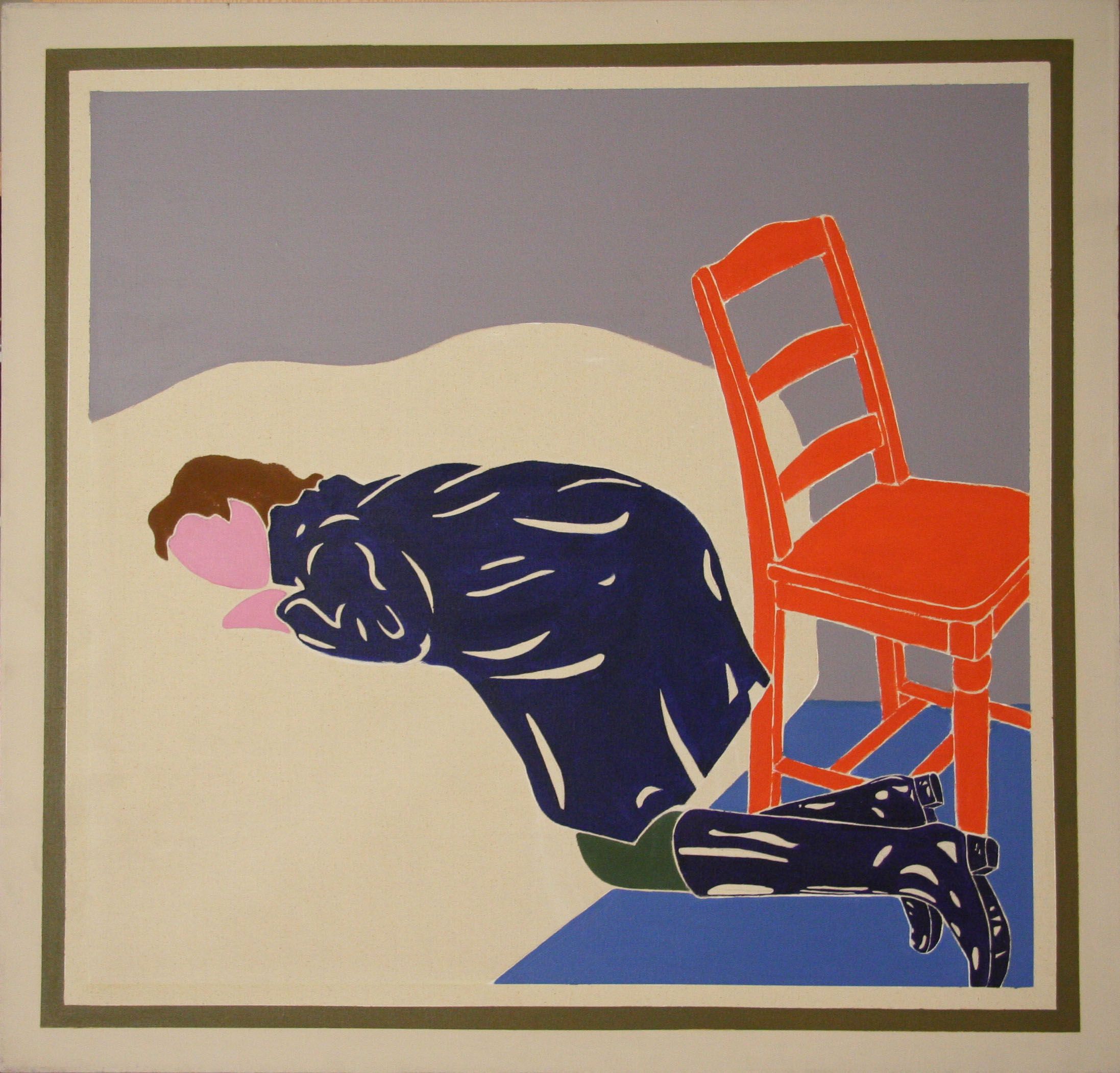Erica Rutherford, Nine Lives: The Autobiography of Erica Rutherford (Ragweed Press, 1993), 168.
See Che Gossett and Eva Hayward, “An Introduction,” in “Trans in the Time of HIV/AIDS,” ed. Che Gossett and Eva Hayward, special issue, TSQ: Transgender Studies Quarterly 7, no. 4 (November 2020).
Dean Spade (@deanspade), Twitter, January 26, 2021 →.
Zakiyyah Iman Jackson, Becoming Human: Matter and Meaning in an Antiblack World (NYU Press, 2020).
See Jules Gill-Peterson’s important book Histories of the Transgender Child (University of Minnesota Press, 2018). Her argument complexifies the relationship between institutionalized medicine and subjective life.
Susan Stryker, “The Surgeon Haunts My Dreams,” Transsexual News Telegraph, no. 6 (Spring 1996). Under the title “Pre-Operative.”
While in South Africa, she worked against apartheid and the rise of the nationalists, producing the first all-black feature film in Africa’s history. “Her hope was nothing less than the establishment of a black cinema in South Africa.” Ray Cronin, in Cronin, Irene Gammel, and J. Paul Bourdreau, Erica Rutherford: The Human Comedy (Confederation Centre of the Arts, 1998).
New York’s Museum of Modern Art, the Arts Council of Great Britain, the Canada Council Art Bank, Arts Council of England, Confederation Centre Art Gallery, Indianapolis Museum of Art, and Museo d’Arte Contemporano in Madrid, Spain.
Feminists Bernice Hausman and Catherine Millot play out this collapse in their studies of transsexuality. In Changing Sex: Transsexualism, Technology, and the Idea of Gender (Duke University Press, 1995), Hausman’s attention to how technology (rather than narrative) constructs transsexuality curiously elides the role photography plays in medicine and the structure of autobiography. In Horsexe: Essay on Transsexuality (Autonomedia, 1990), Millot offers a Lacanian study of transsexuality. Following Lacan, she writes: “In their requirement for truth … transsexuals are a victim of error. They confuse the organ and the signifier” (143). Curiously, this claim is punctuated with photographs of transsexuals, demonstrating her own collapse of image and matter—the error she defines transsexual women as. Note: Her essay is often misread as saying transsexual women suffer from psychosis, but she is very clear that the transsexual woman substitutes The Woman for the Name-of-the-Father. “This fourth ring (The Woman in Lacan’s Borromean knot), however, only holds the Imaginary and the symbolic together; the real is unknotted, and the transsexual’s demand is thus for correction that will adjust the Real of sex to the knotted I and S” (45). This substitution is how psychosis is avoided, in Millot’s reading.
Jay Prosser, Second Skins: The Body Narratives of Transsexuality (Columbia University Press, 1998), 211.
Prosser, Second Skins, 212.
Prosser, Second Skins, 8.
Trans studies’ struggle with beingness has played across different concepts, including ontology, realism, materiality, reality, and Lacan’s real. Even in the introduction to “Left of Queer,” Social Text 38, no. 4 (2020), Jasbir Puar and David Eng variously cite “bodily materiality,” “ontology,” “matter,” and Lacan’s “return of the real.” Unintentionally, they too are tracking the imprecision and collapsibility of these dimensions of existence. That trans studies has welded these differences into indistinction may be less about carelessness then about the accomplishment of gender as pliability, as indifference. And I would add that the logic of this indifference is predicated on a disavowal of sexuality (what structures Lacan’s real).
This begins to explain the field’s whiteness problem. See Jonathan Beller, “Camera Obscura After All: The Racist Writing with Light,” Scholar & Feminist Online →. See also Chela Sandoval, Methodology of the Oppressed (University of Minnesota Press, 2000), and Fred Moten, In the Break: The Aesthetics of the Black Radical Tradition (University of Minnesota Press, 2003).
Sigmund Freud, The Ego and the Id (Norton, 1989), 20 and 20n16.
Prosser, Second Skins, 41.
Prosser, Second Skins, 41.
Prosser, Second Skins, 44.
Prosser, Second Skins, 69.
Prosser, Second Skins, 72.
Prosser, Second Skins, 85–86.
Prosser, Light in the Dark Room, 172, emphasis in original.
Prosser, Light in the Dark Room, 186.
Rutherford, Nine Lives, 169.
This point is taken up in a forthcoming “Part 2” essay on Erica Rutherford’s later work. Briefly, what that essay considers is the sensuousness of transsexuality. Attending to estrogenic and surgical processes, the essay offers a sexual theory of sex change.
Which then frames for us the question: Is anti-transwomen violence about envy—not hate—in the form of a misreading? By “envy”—given the social aesthetics of femininity that transsexual women are obliged to reproduce despite their refusal—I mean: “This transsexual woman not only has something I cannot have, but they stole it from me.” Envy is desire disavowed as parlous property: for the watcher of transsexual women, this envy is built through an error in presuming to see the real of her transsexuality. Is anti-transwomen aggression, then, an effect of an anti-sexual social that claims the feminine real for itself? Adding to the difficult question I posed early, in what ways has Prosser (but also any number of transmasculine scholars) used transsexual women to make a case for himself as seen? Rather than improve transwomen’s lives, does this scholarship self-vitalize through a repudiation and de-complexification of these women’s lives—so much so, that the only useful transwoman is a dead one?
Deepest gratitude to McKenzie Wark who encouraged me to get back to the pleasure of my text. This essay would not have happened without her support and editorial guidance.
